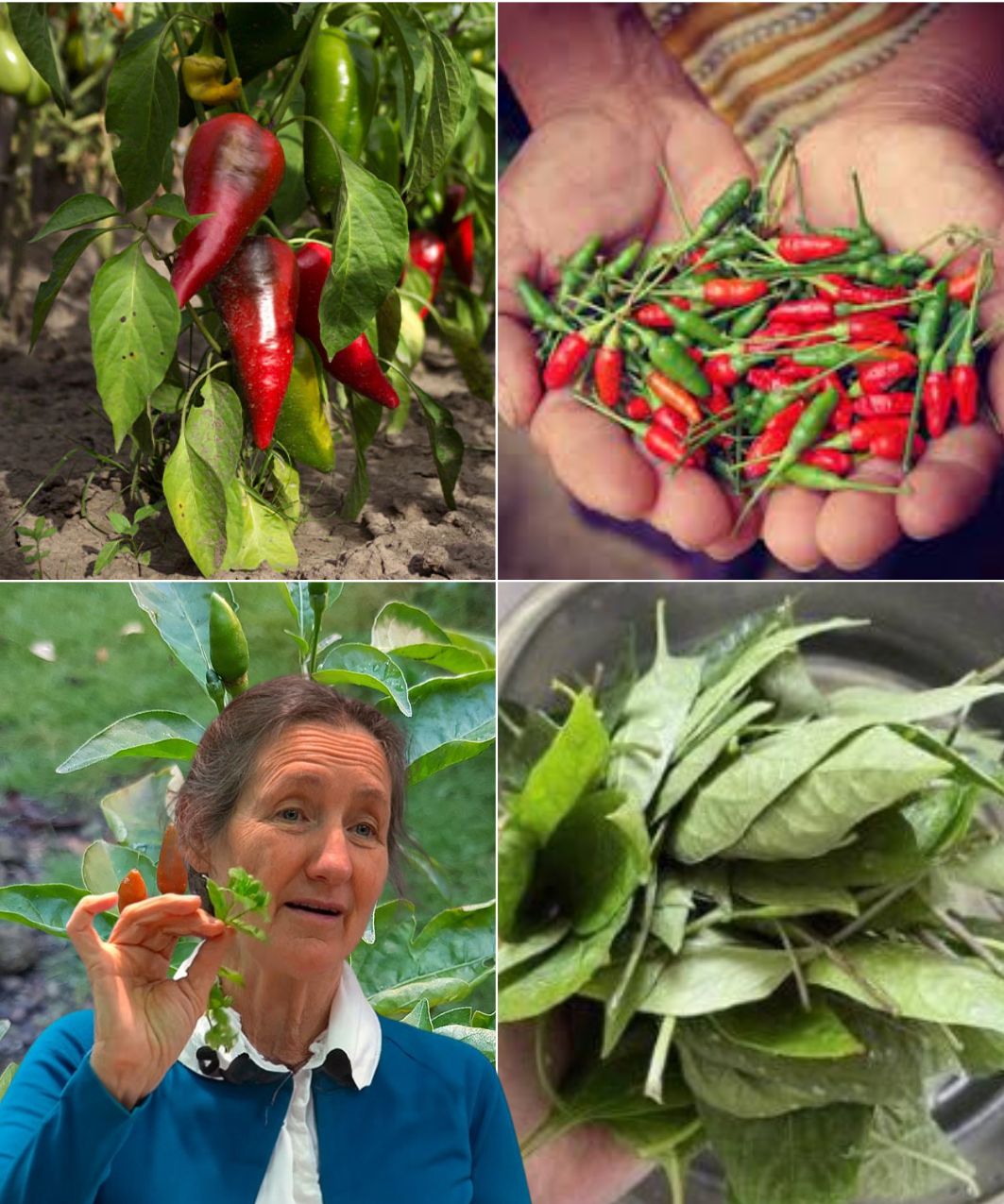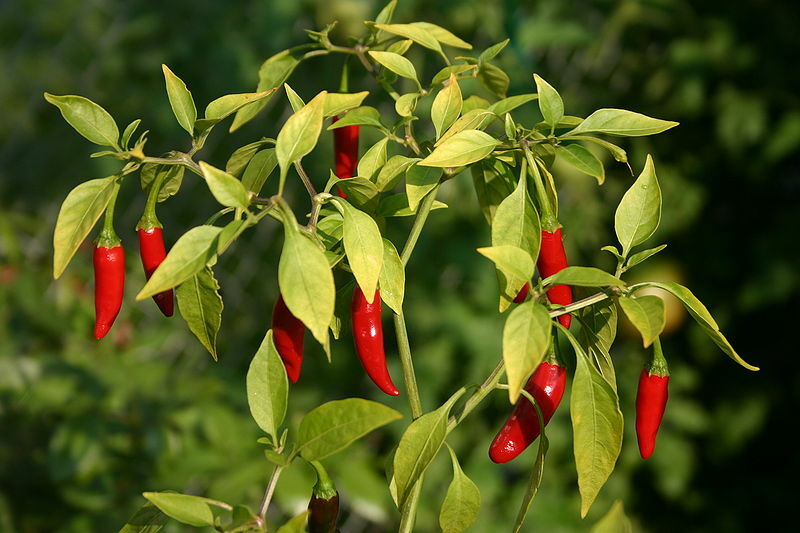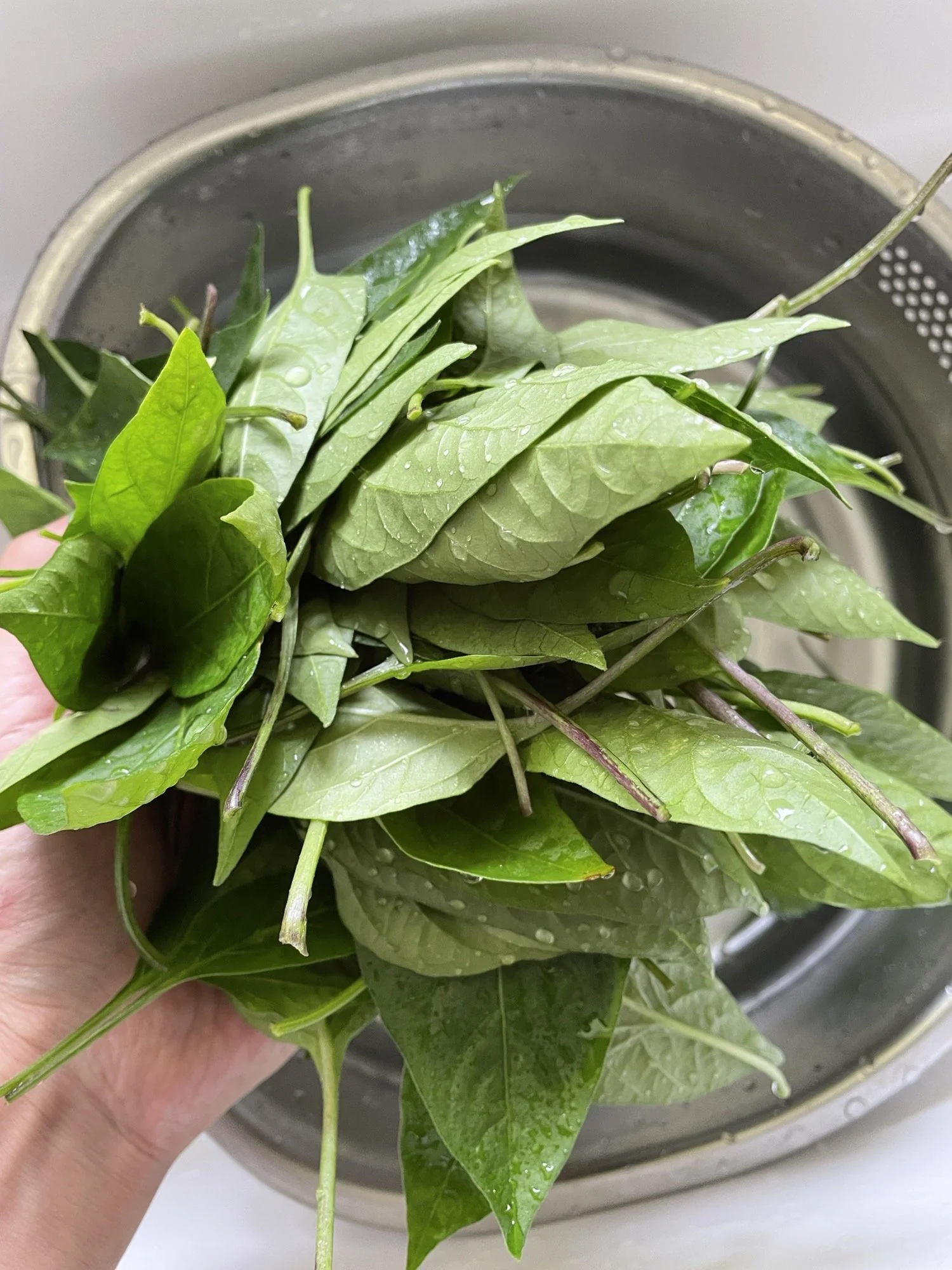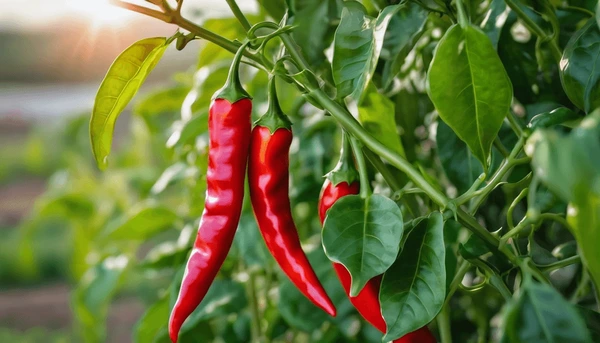
When we think of chili peppers, we usually focus on the fiery fruit that adds heat to our dishes. However, the leaves of the chili plant are often overlooked, despite being packed with health benefits and culinary uses. Here’s why chili pepper leaves should earn a spot in your kitchen.
What Makes Chili Pepper Leaves Unique?
Chili pepper leaves are the smooth, green foliage of the chili plant, commonly used in traditional Asian and Latin American cuisines. Unlike the peppers, the leaves have a mild, earthy flavor and a soft, spinach-like texture, making them a versatile addition to various dishes.
Nutritional Profile of Chili Pepper Leaves
These leaves are loaded with essential nutrients:
- Vitamin A: Enhances eye health and boosts the immune system.
- Vitamin C: Provides antioxidant protection and strengthens immunity.
- Iron: Supports red blood cell production and prevents anemia.
- Calcium: Promotes strong bones and teeth.
- Antioxidants: Protect the body from cellular damage caused by free radicals.
Top Health Benefits of Chili Pepper Leaves
- Boosts Immunity: The high vitamin C and antioxidant content helps ward off colds, flu, and other illnesses.
- Reduces Inflammation: Natural anti-inflammatory compounds aid recovery and alleviate chronic inflammation.
- Enhances Respiratory Health: Traditionally used to soothe coughs and improve lung function.
- Aids Digestion: The leaves’ slight bitterness stimulates digestion and helps reduce bloating.
- Supports Detoxification: Antioxidants facilitate the elimination of toxins from the body.
How to Use Chili Pepper Leaves in Cooking
Chili pepper leaves are not only nutritious but also add flavor to various dishes:
- Soups: Add them to broths like the Filipino dish tinola.
- Stir-Fries: Toss them into stir-fried veggies or noodles.
- Herbal Teas: Steep the leaves in hot water for a detox tea.
- Scrambled Eggs: Mix chopped leaves into eggs for a unique flavor.
- Salads: Use tender leaves to enhance fresh salads.
How to Harvest and Prepare Chili Pepper Leaves
To enjoy chili pepper leaves, follow these steps:
- Harvest: Pick young, tender leaves from the plant.
- Clean: Rinse thoroughly under running water.
- Blanch: Boil briefly to reduce bitterness and enhance flavor.
- Cook: Add them to your recipes, ensuring they are cooked to release their nutrients.
Pro Tip: Avoid overcooking to maintain their nutritional value and delicate texture.
Safety Tips for Eating Chili Pepper Leaves
- Use Edible Varieties: Only consume leaves from edible chili plants. Avoid leaves from other nightshade plants that may contain toxins.
- Cook Before Eating: Cooking neutralizes alkaloids that could cause mild stomach discomfort.
Why Try Chili Pepper Leaves?
Incorporating chili pepper leaves into your meals adds a unique flavor and boosts nutrition. Additionally, using these often-overlooked leaves helps reduce food waste, promoting a more sustainable kitchen.
Next time you use chili peppers, save the leaves—they’re a hidden gem offering both health benefits and culinary delights.



